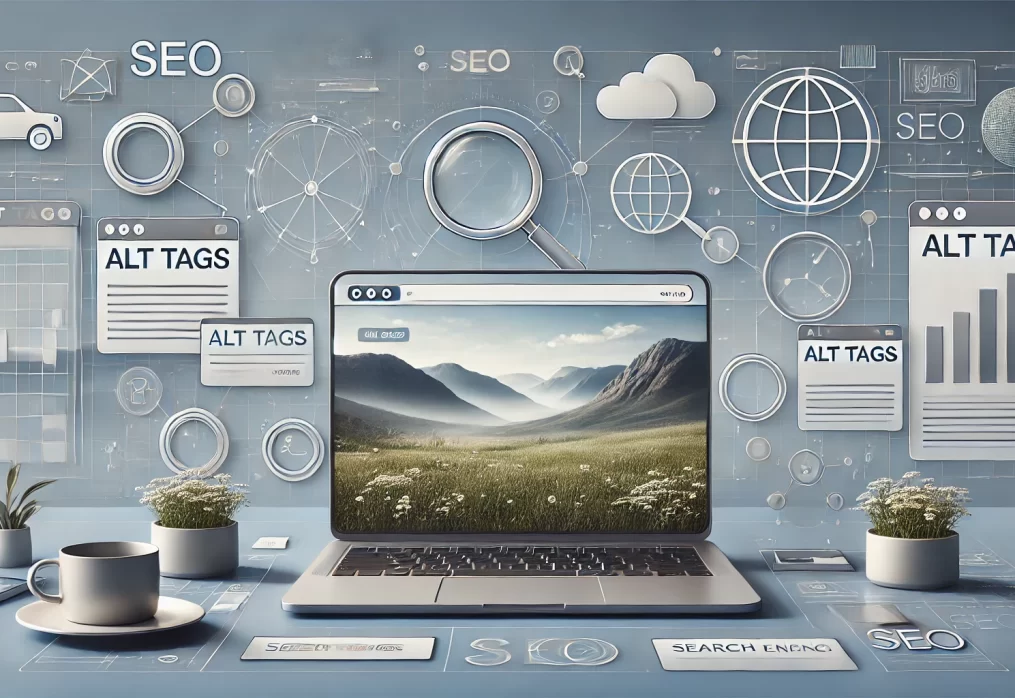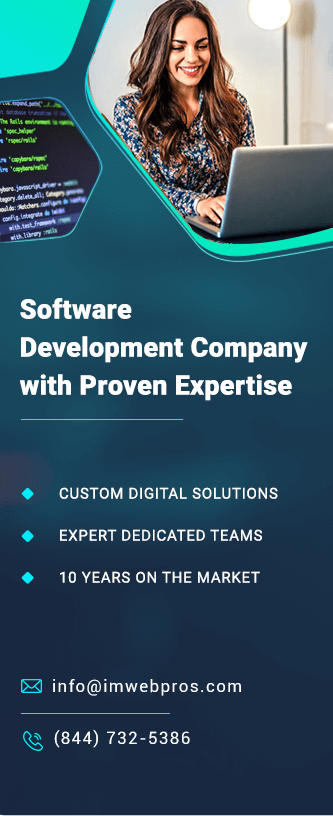The Role of Alt Tags in Image Search Optimization
In the world of SEO, optimizing images on a website is often overlooked, yet it can have a significant impact on search visibility. Alt tags, or alternative text descriptions, are critical components of image SEO, enhancing both accessibility and search engine indexing. By adding descriptive alt tags to images, websites can improve their ranking in image search results, attract relevant traffic, and create a more inclusive experience for users with visual impairments. This article delves into the importance of alt tags in image optimization and how they contribute to a website’s SEO strategy.
What Are Alt Tags?
Alt tags, or alternative text, are descriptions added to the HTML code of an image to describe its content. Originally designed to assist visually impaired users by providing context through screen readers, alt tags have since evolved to serve a dual purpose: they also provide search engines with valuable information about the image content, helping it appear in relevant image search results. When an image fails to load, the alt text is displayed, providing a fallback for users and improving the user experience.
Why Alt Tags Matter for SEO
Alt tags play a vital role in SEO, as they help search engines understand what an image is about. Since search engines cannot “see” images in the same way users do, alt text provides context, making it easier for search engines to index and rank images appropriately. Including keywords in alt tags, when relevant, can help images appear in search results for specific queries, driving organic traffic to a website.
In addition, alt tags contribute to overall on-page SEO by making content more accessible. Websites that prioritize accessibility and user-friendly design are often favored by search engines, leading to better rankings and improved visibility. In this way, alt tags not only enhance image search optimization but also support a comprehensive SEO strategy.
Best Practices for Writing Alt Tags
When writing alt tags, quality and relevance are key. Here are some best practices to consider:
- Be Descriptive: Use concise, specific descriptions that accurately represent the image content. For example, instead of “dog,” use “Golden Retriever playing in a park.”
- Use Keywords Naturally: Include relevant keywords, but avoid keyword stuffing. The alt text should flow naturally and provide value to the user.
- Avoid Redundant Phrases: Skip phrases like “image of” or “picture of,” as screen readers will already announce the presence of an image.
- Keep It Short: Aim for 125 characters or less. Long descriptions can overwhelm screen readers, and concise descriptions are generally more effective.
Alt Tags and Accessibility
Beyond SEO, alt tags are essential for accessibility, enabling visually impaired users to interact with image content through screen readers. Alt text provides these users with a meaningful description of images, allowing them to understand the context and purpose of visual elements on the page. By adhering to alt text best practices, websites create a more inclusive experience and demonstrate a commitment to accessibility, which can positively impact brand perception.
How Alt Tags Boost Image Search Traffic
Search engines like Google and Bing use alt text as one of the primary indicators of an image’s relevance in search results. Well-optimized alt tags can increase the chances of an image appearing in image search results, generating additional organic traffic. For e-commerce sites, optimized images can be particularly beneficial, as users searching for product-specific images may discover products directly through image search.
For instance, a clothing retailer that uses descriptive alt text for product images may attract potential customers searching for specific styles or colors. By using clear, descriptive alt tags, websites can attract a wider audience and capture more search traffic.
Common Mistakes to Avoid with Alt Tags
While alt tags are valuable for SEO, there are some common mistakes that can hinder their effectiveness. Avoid these pitfalls to ensure optimal performance:
- Keyword Stuffing: Overloading alt tags with keywords can be penalized by search engines. Keep the text natural and relevant to the image content.
- Skipping Alt Tags: Failing to add alt tags is a missed opportunity for both SEO and accessibility. Ensure every image has an alt tag, even if it’s a simple description.
- Using Inaccurate Descriptions: Descriptions that don’t match the image content can confuse both search engines and users, impacting search relevance and user experience.
Conclusion
Alt tags play an essential role in image search optimization and overall SEO by providing context for search engines and enhancing accessibility for users. By implementing best practices for alt tags, websites can improve their search visibility, drive more traffic, and create a better user experience. Whether for product images, informational graphics, or decorative visuals, well-optimized alt tags are a valuable component of any SEO strategy.

